How We Have Seasons Worksheet
Understanding the Earth's seasons can be a challenging concept for many students. That's why we have created the "How We Have Seasons" worksheet to help make learning about this topic both engaging and educational. This worksheet is designed for elementary school students, specifically those in grades 3-5, who are ready to explore the relationship between the Earth's tilt and the changing seasons.
Table of Images 👆
More Other Worksheets
Kindergarten Worksheet My RoomSpanish Verb Worksheets
Cooking Vocabulary Worksheet
DNA Code Worksheet
Meiosis Worksheet Answer Key
Art Handouts and Worksheets
7 Elements of Art Worksheets
All Amendment Worksheet
Symmetry Art Worksheets
Daily Meal Planning Worksheet
What is the primary factor that causes Earth's seasons?
The primary factor that causes Earth's seasons is the tilt of its axis relative to its orbit around the Sun. This tilt creates different angles at which sunlight reaches different parts of the Earth during its orbit, leading to variations in the amount and intensity of sunlight received by different regions, which in turn causes the changes in temperature and weather patterns that we experience as distinct seasons.
How is the tilt of Earth's axis related to the change in seasons?
The tilt of Earth's axis is directly related to the change in seasons because it causes different parts of the Earth to receive varying amounts of sunlight throughout the year. When a particular hemisphere is tilted towards the Sun, it receives more direct sunlight and experiences summer, while the opposite hemisphere is tilted away and experiences winter. As the Earth orbits the Sun, this tilt changes the angle at which sunlight hits the surface, leading to the distinct seasons of spring and fall as well.
Describe the position of Earth's axis during the summer solstice.
During the summer solstice, Earth's axis is tilted towards the Sun, resulting in the Northern Hemisphere experiencing its longest day of the year with the Sun appearing at its highest point in the sky. At the same time, the Southern Hemisphere experiences its shortest day of the year with the Sun appearing at its lowest point in the sky. This tilt of the Earth's axis is what causes the changing seasons as the Earth orbits the Sun.
Explain why the summer solstice is the longest day of the year.
The summer solstice is the longest day of the year because it is the point in Earth's orbit around the sun where the North Pole is tilted closest to the sun, resulting in the Northern Hemisphere receiving the most direct sunlight and the longest period of daylight. This alignment causes the sun to appear at its highest point in the sky, leading to an extended duration of daylight hours.
What happens during the autumnal equinox?
During the autumnal equinox, which occurs in September in the Northern Hemisphere and March in the Southern Hemisphere, day and night are roughly equal in length as the sun crosses the celestial equator. This marks the official beginning of fall in the Northern Hemisphere and spring in the Southern Hemisphere. It is a time when the sun's direct rays line up with the equator, creating a balance between day and night, before days begin to get shorter and nights longer as we head into winter (or summer in the Southern Hemisphere).
How does the tilt of Earth's axis affect the length of daylight during the winter?
The tilt of Earth's axis during winter causes the Northern Hemisphere to be tilted away from the sun, leading to shorter daylight hours and cooler temperatures in that region. This tilt results in the sun's rays hitting the Northern Hemisphere at a lower angle, spreading heat over a larger area and reducing the intensity of sunlight reaching the surface, hence causing shorter days and longer nights.
Describe the position of Earth's axis during the winter solstice.
During the winter solstice, Earth's axis is tilted furthest away from the Sun, causing the Northern Hemisphere to experience its shortest day and longest night of the year while the Southern Hemisphere experiences its longest day and shortest night. This tilt is what leads to the changing seasons as Earth orbits the Sun.
Explain why the winter solstice is the shortest day of the year.
The winter solstice is the shortest day of the year because it occurs when the Earth's axial tilt is farthest away from the sun, leading to the sun reaching its lowest point in the sky. This results in the fewest hours of daylight in the Northern Hemisphere, making it the day with the shortest duration of sunlight and the longest night of the year.
During which solstice does the Southern Hemisphere experience summer?
The Southern Hemisphere experiences summer during the December solstice, also known as the summer solstice in the Southern Hemisphere.
What is the significance of the equinoxes in terms of daylight and nighttime hours?
The equinoxes, occurring in March and September, mark the two times each year when day and night are approximately equal in length all over the world. These celestial events signal the changing of seasons and are significant as they represent a balance between daylight and nighttime hours. During the equinoxes, the sun is positioned directly above the equator, resulting in nearly equal lengths of day and night, signifying the transition between longer days and shorter nights (in spring) or longer nights and shorter days (in fall).
Have something to share?
Who is Worksheeto?
At Worksheeto, we are committed to delivering an extensive and varied portfolio of superior quality worksheets, designed to address the educational demands of students, educators, and parents.







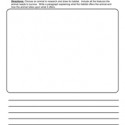

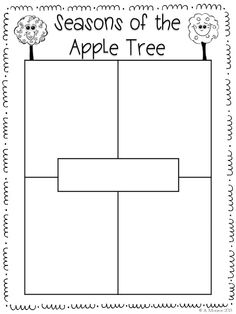
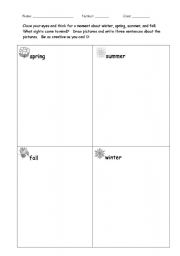
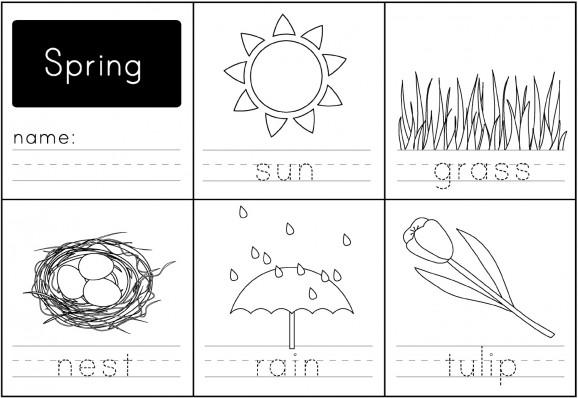
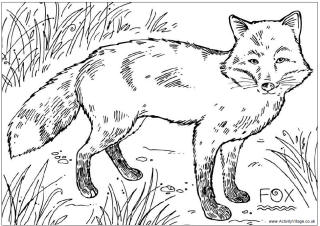














Comments